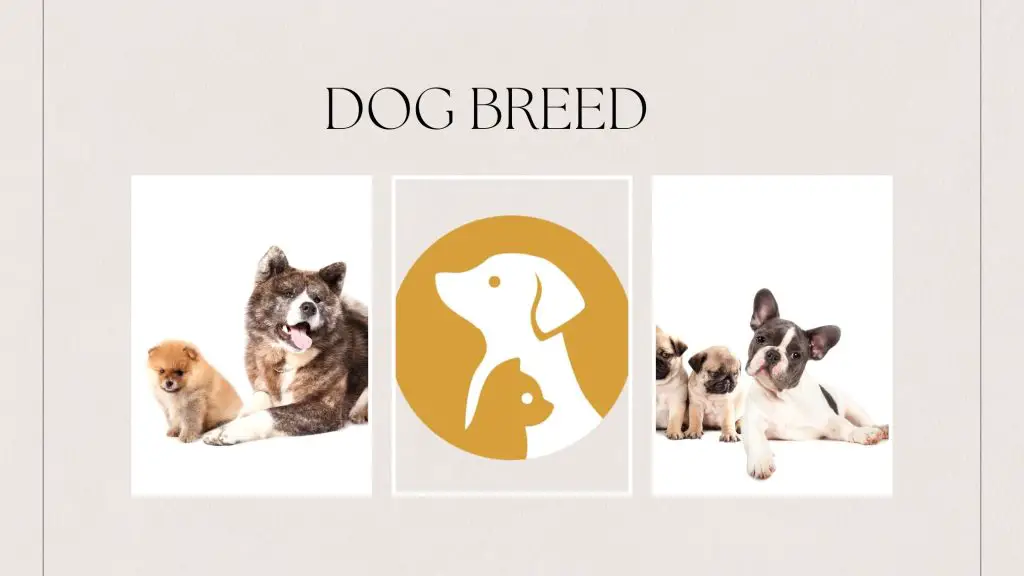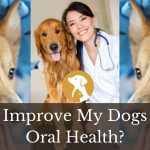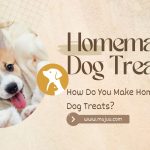Our four-legged companions hold a special place in our hearts, bringing endless joy and companionship to our lives. As loving pet owners, it’s not just our duty but our privilege to ensure their overall well-being. Among the various aspects of their health, one that often slips under the radar is their oral health. The truth is, a dog’s dental care is a vital component of their overall health and happiness. In this guide, we’ll delve into practical and effective ways to enhance your dog’s oral health, ensuring they maintain a gleaming set of teeth and a vibrant, infectious smile.
Signs of Poor Oral Health in Dogs
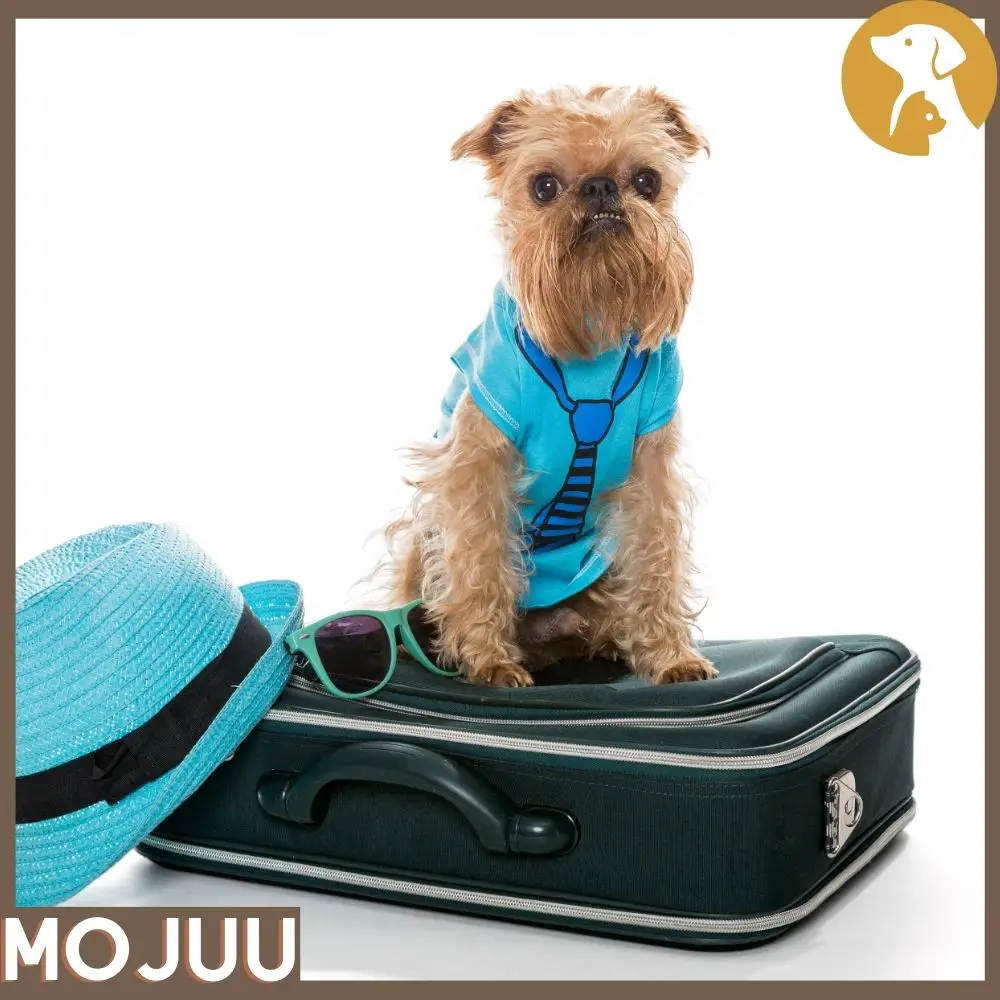
Dogs are masters at hiding discomfort, making it crucial for pet owners to be vigilant when it comes to their oral health. Recognizing the signs of dental problems early on can make a significant difference in your furry friend’s overall well-being. Here are some key indicators that your dog’s oral health may need attention:
- Persistent Bad Breath
- Bad breath, often dismissed as a common trait in dogs, can be a red flag for underlying dental issues.
- A persistent foul odor could indicate the presence of bacteria, plaque, or even an infection in the mouth.
- Changes in Eating Habits
- If your dog becomes hesitant or reluctant to eat, it might be due to dental discomfort.
- Look for signs of discomfort while chewing, dropping food, or favoring one side of the mouth.
- Excessive Drooling
- While some breeds naturally drool more than others, a sudden increase in drooling can signal oral health problems.
- Examine for any blood in the saliva or around the mouth.
- Swollen or Bleeding Gums
- Inflamed, red, or bleeding gums are clear indications of gingivitis or more severe dental issues.
- Check for any swelling or tenderness around the gum line.
- Visible Tartar or Discoloration
- Accumulation of yellow or brown tartar on the teeth is a visible sign of poor oral hygiene.
- Discoloration or dark spots on the teeth may suggest decay or enamel issues.
- Changes in Behavior
- Behavioral changes, such as increased irritability or signs of pain, could be linked to oral discomfort.
- Dogs may paw at their mouths, rub their faces, or show signs of distress.
- Pawing at the Face
- Dogs instinctively try to relieve oral pain by pawing at their faces.
- Persistent pawing or rubbing should prompt a closer inspection of their oral health.
- Tooth Loss or Looseness
- Loose teeth or actual tooth loss is a severe sign of advanced dental problems.
- Immediate veterinary attention is crucial to address the underlying issues.
Regularly monitoring your dog for these signs and scheduling routine dental check-ups can significantly contribute to maintaining their oral health. Early intervention is key to preventing the progression of dental issues and ensuring your furry friend enjoys a happy and pain-free life.
Which Dog Breed Has the Least Shedding?
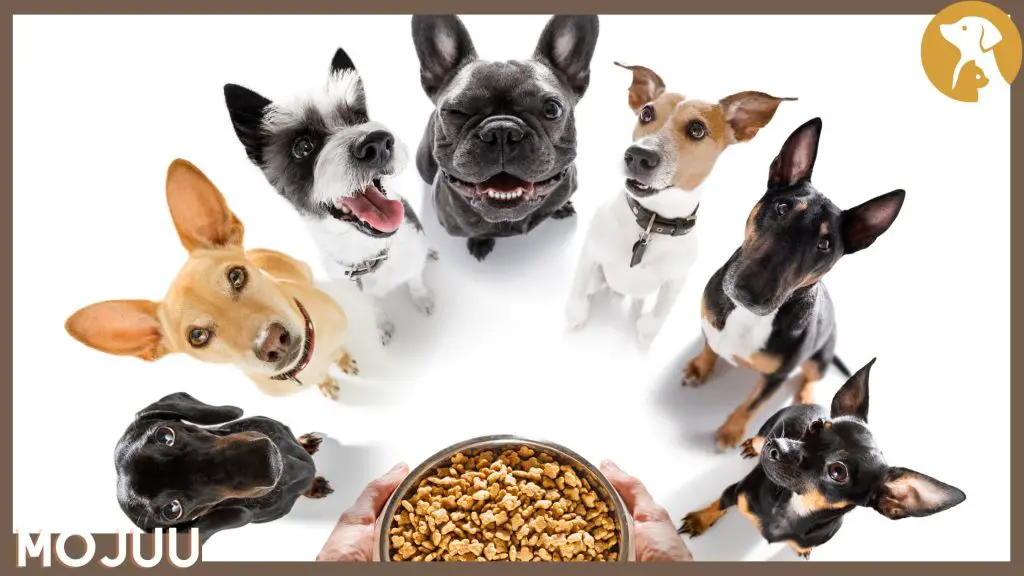
For individuals and families seeking a canine companion with minimal shedding, selecting the right breed can significantly impact the cleanliness and maintenance of their living space. While no dog is entirely hypoallergenic or shed-free, some breeds are renowned for shedding less than others. Let’s explore a breed that stands out for having the least shedding:
The Basenji: A Low-Shedding Gem
The Basenji, often referred to as the “barkless dog,” is not only known for its unique vocalization but also for being a low-shedding breed. Originating from Africa, Basenjis have a short, fine coat that requires minimal grooming compared to other breeds.
Why Basenjis?
- Short, Fine Coat: The Basenji’s coat is short, fine, and dense, which contributes to its minimal shedding tendencies. Unlike breeds with longer hair, Basenjis shed less hair, making them an attractive choice for those looking to minimize the impact on their home.
- Grooming Requirements: Basenjis have relatively low grooming needs. Their short coat requires occasional brushing to remove loose hair and maintain skin health, but they don’t demand extensive grooming sessions.
- Clean and Odorless: Basenjis are known for their cleanliness and lack of a strong doggy odor. Their grooming habits, coupled with their short coat, contribute to a dog that requires less maintenance in terms of shedding and cleanliness.
- Independent Nature: Basenjis are independent and self-grooming dogs, reducing the likelihood of excessive shedding. Their self-sufficiency makes them an excellent choice for those who prefer a low-maintenance canine companion.
While Basenjis are recognized for having the least shedding among dog breeds, it’s important to note that individual variations may occur. Regular brushing, a balanced diet, and routine veterinary care all contribute to maintaining a Basenji’s coat health and minimizing shedding.
Choosing a dog with minimal shedding like the Basenji allows individuals and families to enjoy the joys of dog ownership without the constant concern of excessive hair cleanup. Their unique characteristics, including low shedding and independence, make them a desirable choice for those seeking a clean and manageable canine companion.
Understanding the Basics of Dog’s Oral Anatomy
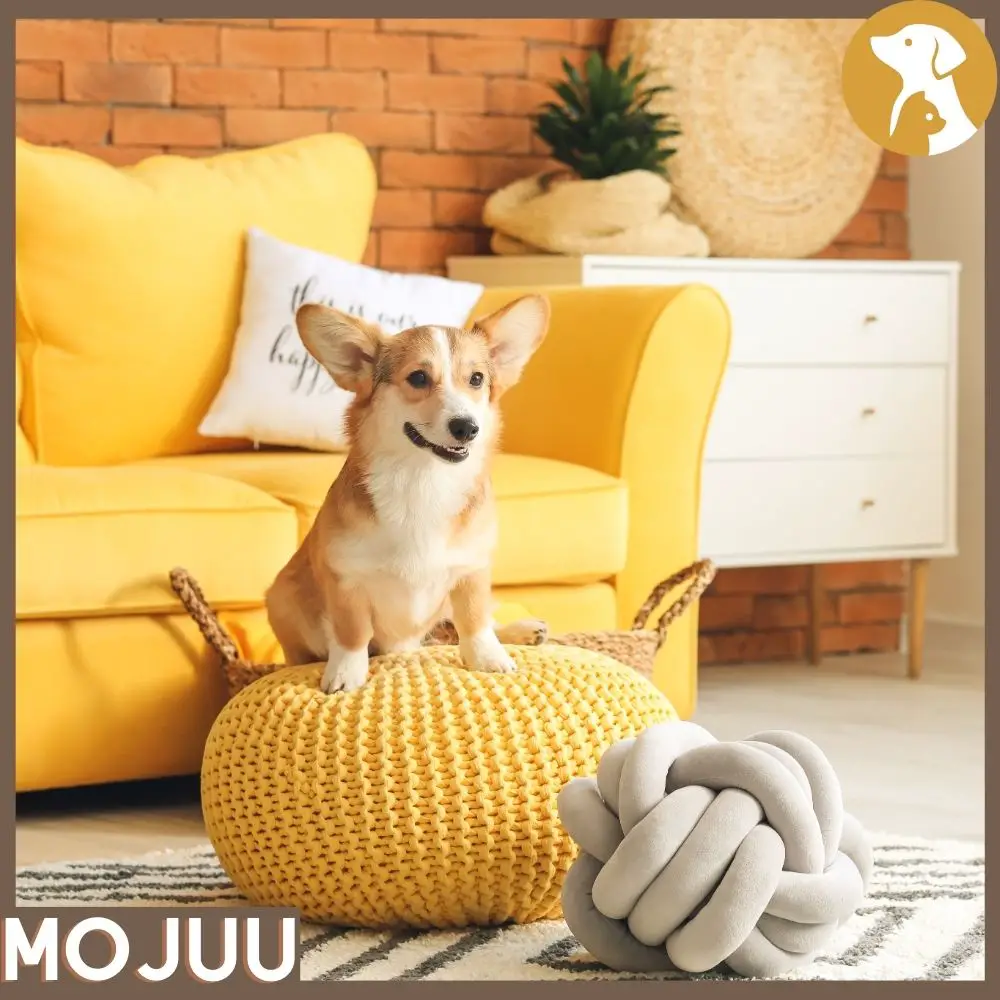
For effective oral health care for your dog, it’s crucial to grasp the intricacies of their oral anatomy. Beyond being a set of teeth, a dog’s mouth is a complex structure with specific areas prone to dental issues. Let’s delve into the fundamental aspects of a dog’s oral anatomy.
Dogs typically have 42 teeth, each serving a distinct purpose. Incisors facilitate nibbling, canines are for tearing, and molars handle grinding. These teeth collectively contribute to a dog’s ability to chew, process food, and maintain overall health.
Healthy gums play a pivotal role, characterized by a pink color and firm texture. They serve to protect the tooth roots and act as a barrier against bacteria that can lead to various dental problems.
The tongue, another essential component, aids in chewing, swallowing, and cleaning the mouth. Its rough texture helps remove debris from teeth, contributing to a degree of natural cleansing.
Salivary glands in a dog’s mouth produce saliva for digestion, but they also play a role in maintaining oral hygiene. Saliva helps cleanse the mouth, providing a continuous rinsing action that assists in controlling bacterial growth.
Canine teeth, with their prominence, are vital for a dog’s bite strength. Regular inspection of these teeth is crucial, as they are often susceptible to dental issues that can impact overall oral health.
Certain areas of a dog’s mouth are more vulnerable to dental problems. Back molars are prone to tartar buildup and decay, while gum lines and the areas where teeth meet are common sites for plaque accumulation.
Understanding the development of puppy teeth is equally important. Puppies start with temporary teeth, which are later replaced by permanent ones. Proper care during this transition period is essential for ensuring a foundation of good oral health throughout their lives.
In comprehending these specifics of your dog’s oral anatomy, you gain insights into the areas that may require extra attention. This knowledge forms the basis for implementing an effective oral care routine, which we will explore in the subsequent sections.
What is the Calmest Dog Breed that Doesn’t Shed?
In our quest to enhance our dog’s well-being, we often consider factors beyond oral health. For those seeking a furry companion that combines calm temperament with minimal shedding, choosing the right dog breed becomes crucial. Let’s explore the characteristics of the calmest dog breeds that are known for shedding less:
- The Bichon Frise
- Renowned for their gentle and affectionate nature.
- Their curly, hypoallergenic coat sheds minimally, making them suitable for allergy sufferers.
- The Cavalier King Charles Spaniel
- A friendly and adaptable breed known for its calm demeanor.
- Their silky coat requires regular grooming but sheds moderately.
- The Shih Tzu
- Playful and affectionate, Shih Tzus are often great companions.
- Their long, flowing coat requires consistent grooming, but shedding is minimal.
- The Maltese
- Small in size but big in personality, Maltese dogs are affectionate and lively.
- Their long, silky coat sheds very little, making them suitable for those concerned about allergies.
- The Portuguese Water Dog
- Intelligent and trainable, these dogs have a curly, non-shedding coat.
- Originally bred for water work, they make excellent family pets.
- The Basenji
- Known as the “barkless dog,” Basenjis are independent yet affectionate.
- Their short, fine coat requires minimal grooming and sheds infrequently.
- The Lagotto Romagnolo
- Originally a truffle hunter, this breed is affectionate and trainable.
- Their curly coat sheds minimally and requires regular grooming.
- The Afghan Hound
- Elegant and dignified, Afghan Hounds have a distinctive long coat.
- Surprisingly, they shed less than expected and are considered hypoallergenic.
When selecting a dog based on temperament and shedding tendencies, it’s essential to consider factors such as grooming requirements, living space, and personal preferences. Each of these breeds brings its own unique charm, providing not only a calm and loving companion but also a pet that minimally impacts your household with shedding.
Understanding the characteristics of these breeds allows prospective dog owners to make an informed decision based on their lifestyle and preferences. Whether seeking a playful lap dog or an adventurous family pet, there’s a calm and low-shedding breed to suit every household.
What is the #1 Hypoallergenic Dog?
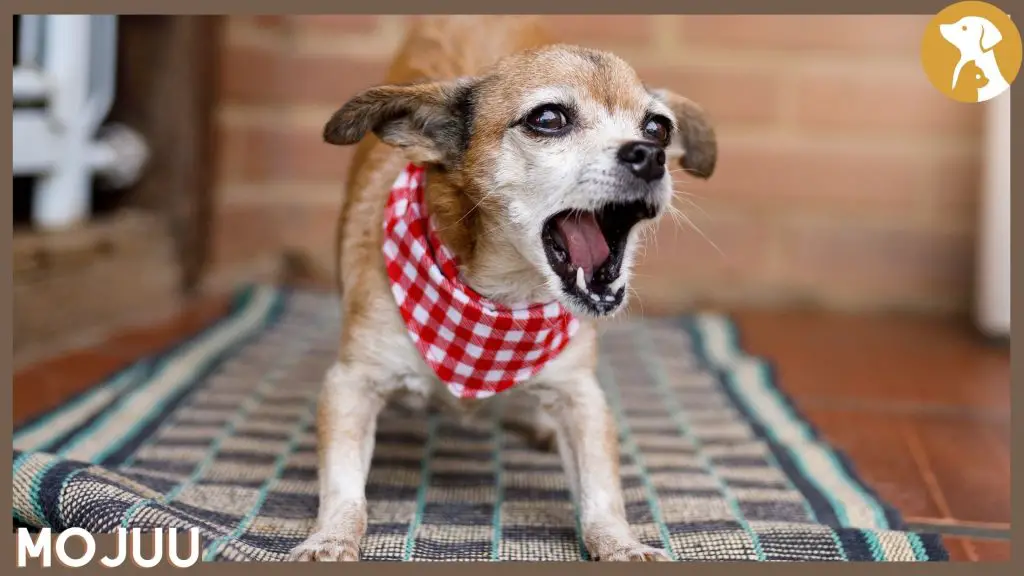
These breeds are known to produce fewer allergens, making them more compatible with allergy sufferers. While no dog is entirely hypoallergenic, some breeds are considered more allergy-friendly. Let’s explore the top choice for the #1 hypoallergenic dog:
- The Poodle
- Poodles come in three sizes: standard, miniature, and toy.
- Their curly, non-shedding coat produces fewer allergens, making them a popular choice for those with allergies.
Poodles?
- Poodles have hair rather than fur, which reduces the likelihood of triggering allergies.
- Regular grooming is necessary to prevent matting and maintain their hypoallergenic qualities.
Additional Hypoallergenic Options
While the Poodle takes the top spot, other breeds also boast hypoallergenic traits:
- The Portuguese Water Dog
- Originally bred for water work, these dogs have a curly coat that sheds minimally.
- Their dander is less likely to cause allergic reactions.
- The Maltese
- With their long, silky coat, Maltese dogs are considered hypoallergenic.
- Regular grooming is essential to prevent matting and reduce shedding.
- The Shih Tzu
- Shih Tzus have a long, flowing coat that sheds minimally.
- Their dander is less likely to trigger allergies, making them suitable for allergy sufferers.
- The Schnauzer
- Available in standard, miniature, and giant sizes, Schnauzers have a wiry coat.
- Regular grooming helps minimize shedding and allergens.
Selecting a hypoallergenic dog involves considerations beyond the breed, such as grooming commitments and the specific allergies of the individual. Regular grooming, including bathing and brushing, is essential to reduce dander and keep these breeds allergy-friendly. While these dogs may be more compatible for those with allergies, it’s advisable to spend time with a breed before committing to ensure compatibility.
Understanding the characteristics of hypoallergenic dogs empowers individuals with allergies to enjoy the companionship of a furry friend without compromising their health.
What is the Smartest Non-Shedding Dog?
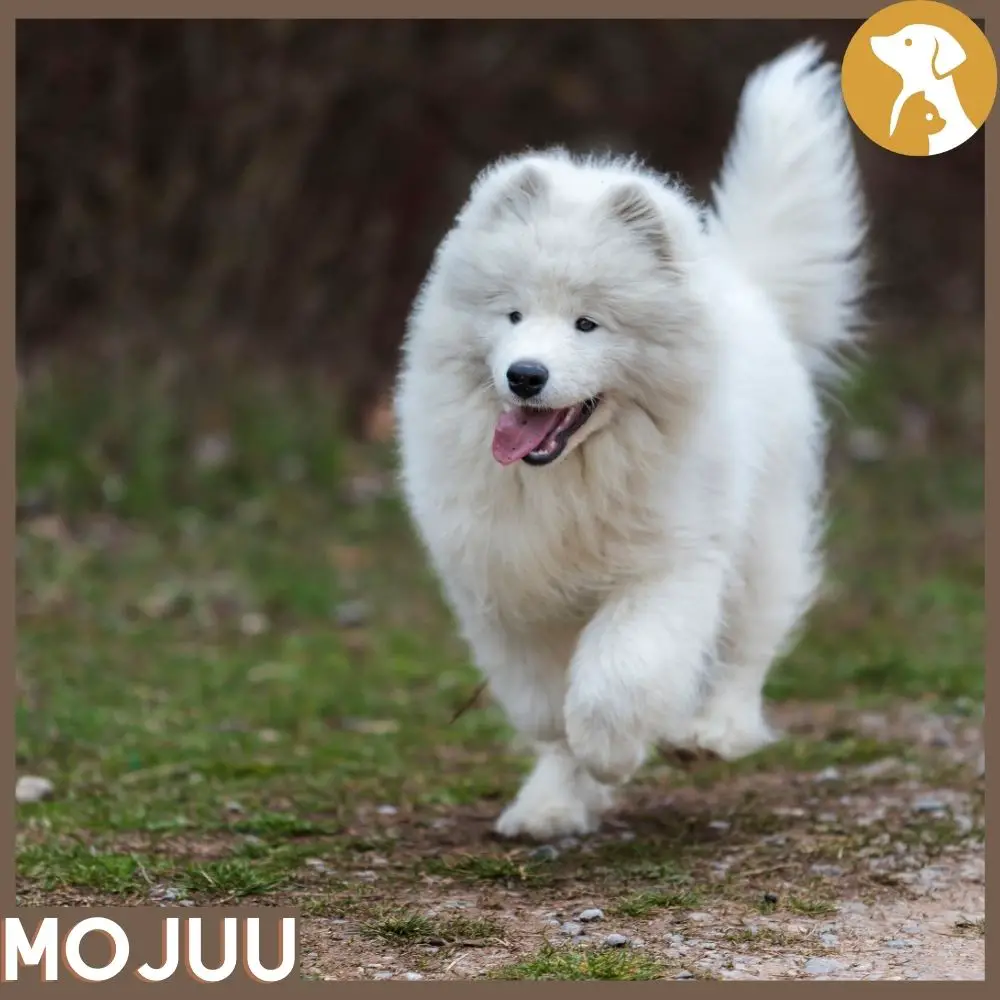
When considering a furry companion, intelligence and minimal shedding are often top priorities. Certain dog breeds combine both qualities, offering not only a clever and trainable pet but also one that minimizes the impact of shedding on your living space. Let’s explore a breed that stands out as the smartest non-shedding dog:
The Border Terrier: A Clever and Low-Shedding Choice
The Border Terrier is renowned for its intelligence, agility, and charming personality. This breed is considered one of the smartest non-shedding dogs, making it an excellent choice for families and individuals seeking a trainable and hypoallergenic companion.
Why Border Terriers?
- Intelligence: Border Terriers consistently rank high in intelligence among dog breeds. Their ability to quickly learn commands and tasks makes them a joy to train.
- Low Shedding Coat: Border Terriers have a double coat with a dense, wiry outer layer and a soft undercoat. While they do shed minimally, regular grooming can significantly reduce shedding and keep their coat in optimal condition.
- Adaptability: Known for their adaptability, Border Terriers thrive in various living situations. Whether in apartments or houses, their small size and moderate exercise needs make them versatile companions.
- Affectionate Nature: Beyond their intelligence, Border Terriers are affectionate and loyal. They form strong bonds with their families, making them wonderful additions to households seeking both companionship and minimal shedding.
While the Border Terrier shines as a smart and non-shedding choice, it’s essential to note that individual variations may occur. Regular grooming, including brushing and occasional trimming, contributes to maintaining their hypoallergenic qualities. Additionally, mental stimulation through training and play is crucial to keep their sharp minds engaged.
Choosing a smart, non-shedding dog like the Border Terrier allows you to enjoy the benefits of canine companionship without the concerns of excessive shedding. Their intelligence, combined with their hypoallergenic qualities, makes them an ideal choice for those seeking a clever and low-maintenance furry friend.
The Bichon Frise: A Tranquil and Low-Shedding Companion
The Bichon Frise is celebrated for its gentle and affectionate nature, making it an excellent choice for families and individuals looking for a calm and loving furry friend. What sets the Bichon Frise apart is its hypoallergenic coat, which sheds minimally, reducing the impact on allergy sufferers.
Why Bichon Frise?
- Gentle Temperament: Bichon Frises are known for their sweet and gentle temperament, making them great companions for families, children, and seniors alike. Their calm nature creates a harmonious living environment.
- Hypoallergenic Coat: The Bichon Frise’s curly and dense coat is hypoallergenic, meaning it produces fewer allergens compared to breeds with fur. This makes them suitable for individuals with allergies who seek a low-shedding dog.
- Adaptable Size: Their moderate size makes Bichon Frises adaptable to various living spaces, including apartments and houses with smaller yards. Their easygoing nature means they can thrive in different environments.
- Affectionate Interaction: Bichon Frises enjoy being close to their human companions and thrive on affection. Their calm demeanor extends to their interactions, making them excellent lap dogs and cuddle buddies.
While the Bichon Frise is recognized for its calm temperament and minimal shedding, it’s essential to note that individual dogs may exhibit variations in behavior. Regular grooming, including brushing to prevent matting, contributes to maintaining their hypoallergenic coat and reducing shedding.
Choosing a calm and low-shedding breed like the Bichon Frise provides not only a tranquil presence in the home but also a companion that minimizes the challenges associated with excessive shedding. Their affectionate nature and adaptability make them a popular choice for those seeking a calm and hypoallergenic canine friend.
the Hypoallergenic Dog
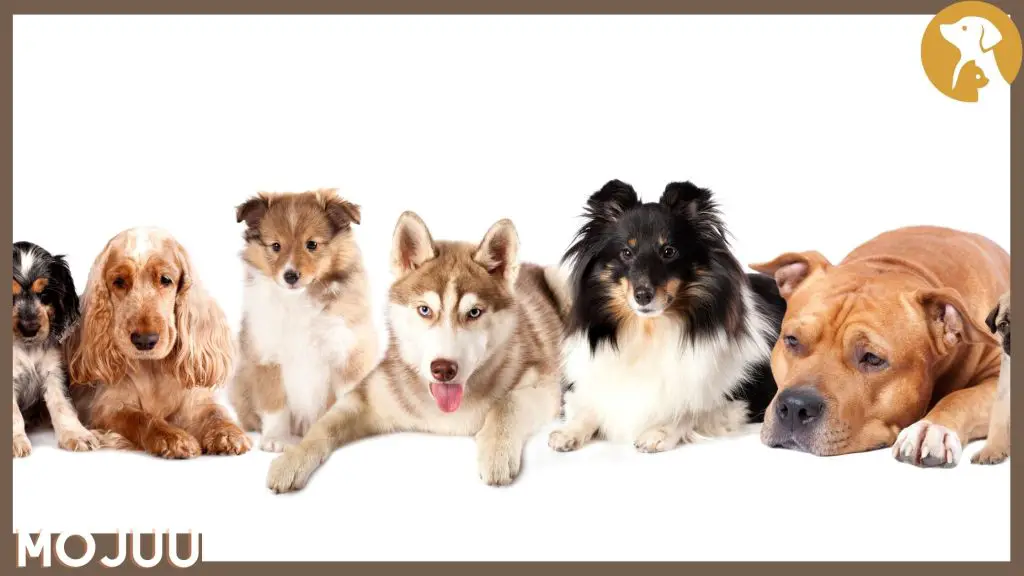
When it comes to hypoallergenic dogs, one breed often takes the spotlight as a top choice for individuals with allergies. While no dog is entirely allergen-free, certain breeds are known to produce fewer allergens, making them more compatible with allergy sufferers. Among these breeds, the Poodle consistently earns recognition as a leading hypoallergenic option.
The Poodle: A Premier Choice for Allergy-Friendly Companionship
Poodles come in three sizes—standard, miniature, and toy—and are celebrated for their intelligence, playful nature, and, importantly, their hypoallergenic qualities. These qualities make Poodles a favored choice for those seeking a canine companion without the risk of triggering allergies.
Why Poodles?
- Non-Shedding Coat: Poodles have a unique curly or wavy coat that is hair rather than fur. This characteristic significantly reduces shedding, minimizing the presence of allergens in the home.
- Hypoallergenic Hair: The hair composition of Poodles makes them a hypoallergenic breed. This quality is especially beneficial for individuals with allergies to pet dander.
- Intelligence and Trainability: Poodles are renowned for their intelligence, ranking high among dog breeds. Their trainability makes them not only allergy-friendly but also delightful and well-behaved companions.
- Versatility in Sizes: Whether you opt for a standard, miniature, or toy Poodle, the hypoallergenic qualities remain consistent across sizes. This versatility allows individuals to choose a Poodle that fits their living space and lifestyle.
While Poodles are considered the #1 hypoallergenic dog, it’s crucial to recognize that individual reactions to allergens can vary. Regular grooming, including haircuts to prevent matting, is essential to maintain the hypoallergenic qualities of their coat.
Choosing a Poodle as a hypoallergenic dog ensures that individuals with allergies can experience the joy of canine companionship without compromising their health. The Poodle’s intelligence, affectionate nature, and allergy-friendly attributes make it a premier choice for those seeking a hypoallergenic and loving furry friend.
What’s the Biggest Non-Shedding Dog?
For individuals who desire the companionship of a large dog without the hassle of excessive shedding, certain breeds stand out as excellent choices. These breeds offer the best of both worlds, combining substantial size with minimal shedding, creating an ideal scenario for those seeking a low-maintenance, larger canine companion.
The Standard Poodle: A Majestic and Low-Shedding Giant
The Standard Poodle emerges as a remarkable choice for those in search of a larger dog that sheds minimally. Known for its regal appearance, intelligence, and hypoallergenic coat, the Standard Poodle fits the bill for individuals looking for a big and non-shedding canine friend.
Why Standard Poodles?
- Generous Size: Standard Poodles are the largest among the Poodle varieties, with males typically standing between 22 to 27 inches at the shoulder. Their substantial size makes them an appealing choice for those who prefer larger dogs.
- Non-Shedding Coat: Like their smaller counterparts, Standard Poodles boast a non-shedding coat composed of hair rather than fur. This unique coat quality significantly reduces the amount of loose hair in the home.
- Hypoallergenic Attributes: The hypoallergenic nature of the Poodle’s coat extends to the Standard Poodle, making them suitable for individuals with allergies. Their hair doesn’t trigger the same allergic reactions associated with fur.
- Versatility in Roles: Standard Poodles excel not only as loving companions but also in various roles, including therapy and assistance dogs. Their intelligence and trainability make them versatile in different settings.
While Standard Poodles are recognized for being big, non-shedding dogs, it’s essential to consider the grooming requirements associated with their luxurious coats. Regular grooming sessions, including haircuts and brushing, are vital to maintain the hypoallergenic qualities and prevent matting.
Choosing a Standard Poodle as a big and non-shedding companion allows individuals to enjoy the majestic presence of a larger dog without the constant concern of excessive shedding. Their intelligence, affectionate nature, and hypoallergenic coat make them a standout choice for those seeking a sizable and low-maintenance canine friend.
What is the Easiest Dog to Take Care Of?
For individuals seeking a canine companion that fits seamlessly into their lifestyle with minimal demands, certain breeds stand out as remarkably easy to care for. These dogs typically possess qualities that make them adaptable, low-maintenance, and well-suited to various living situations. Among these breeds, one stands out for its ease of care and affable nature.
The Beagle: A Low-Maintenance Delight
Beagles are often celebrated for their friendly disposition, intelligence, and ease of care, making them an excellent choice for those seeking a companion that requires less effort in terms of grooming and overall maintenance.
Why Beagles?
- Moderate Size: Beagles are of moderate size, making them adaptable to different living spaces, including apartments and houses with smaller yards. Their size contributes to their easy care requirements.
- Short Coat: Beagles have a short and dense coat that requires minimal grooming. While regular brushing helps reduce shedding and keeps their coat healthy, they do not demand extensive grooming sessions.
- Friendly and Sociable: Their adaptability allows them to get along well with children, other pets, and individuals, making them easy to integrate into family life.
- Low Exercise Needs: While Beagles are an active breed, their exercise needs are manageable. Regular walks and playtime contribute to their well-being without requiring extensive physical activity, making them suitable for various lifestyles.
- Intelligence and Trainability: Beagles are intelligent and eager to please, which aids in training. Their cooperative nature makes it easier for owners to instill good behaviors and basic commands.
While Beagles are considered one of the easiest dogs to take care of, it’s essential to remember that individual variations may occur. Regular exercise, a balanced diet, and routine veterinary care contribute to maintaining their overall health and well-being.
Choosing a Beagle as a low-maintenance companion allows individuals and families to experience the joys of dog ownership without the challenges associated with high-maintenance breeds. Their friendly disposition, adaptability, and straightforward care requirements make them an ideal choice for those seeking an easygoing and lovable canine friend.
Do Labradors Shed Hair?
Labrador Retrievers, often hailed for their friendly demeanor and versatility, are a popular choice among dog lovers. When it comes to shedding, Labradors are not immune to this natural canine process. Labradors do shed hair, and understanding the shedding patterns of this breed is crucial for potential owners.
Labrador Shedding Characteristics
- Double Coat: Labradors have a short, dense, and water-resistant double coat. This double coat consists of a soft undercoat beneath a more protective outer coat.
- Seasonal Shedding: Labradors typically experience seasonal shedding, especially during the spring and fall. This shedding helps them adapt to temperature changes by shedding the heavier winter coat in preparation for warmer weather or growing a thicker coat in anticipation of colder months.
- Year-Round Shedding: While Labradors have more pronounced shedding seasons, they do shed to some extent throughout the year. Regular grooming can help manage loose hair and minimize its impact on the living environment.
Managing Labrador Shedding
- Regular Brushing: Brushing your Labrador regularly, at least a couple of times a week, helps remove loose hair and reduces shedding around the home. This practice is particularly essential during peak shedding seasons.
- Bathing and Grooming: Regular baths and grooming sessions can also contribute to managing shedding. Bathing helps remove loose hair, and grooming can address potential matting issues.
- Healthy Diet: Providing a well-balanced and nutritious diet supports your Labrador’s overall health, which can impact the quality of their coat and shedding patterns.
- Veterinary Care: Regular veterinary check-ups can ensure that there are no underlying health issues contributing to excessive shedding. Addressing any health concerns promptly can help manage shedding.
While Labradors do shed, their friendly and adaptable nature often compensates for the maintenance required. Potential owners should be prepared for regular grooming sessions and understand that shedding is a natural aspect of owning a Labrador. With proper care and attention, the shedding of a Labrador can be managed, allowing families to enjoy the companionship of this beloved and versatile breed.
Conclusion
In conclusion, ensuring the oral health of your beloved canine companion is crucial for their overall well-being. From recognizing signs of poor oral health to understanding the basics of a dog’s oral anatomy, this article has provided insights into enhancing your dog’s dental care. Additionally, we explored specific topics, such as the calmest, hypoallergenic, and non-shedding dog breeds, as well as the smartest and easiest dogs to care for.
Remember that each dog is unique, and their care requirements may vary. Regular veterinary check-ups, a balanced diet, and a consistent oral care routine contribute to a healthy and happy furry friend. Whether you opt for a Bichon Frise for its calm temperament, a Poodle for its hypoallergenic qualities, or a Beagle for its ease of care, the key is to choose a dog that aligns with your lifestyle and preferences.
Frequently Asked Questions (FAQs)
- Q: How often should I brush my dog’s teeth?
- A: Ideally, you should brush your dog’s teeth at least 2-3 times a week.
- Q: What is the best hypoallergenic dog breed for allergy sufferers?
- A: The Poodle is often considered the #1 hypoallergenic dog breed due to its non-shedding coat and hair composition, making it suitable for individuals with allergies.
- Q: Do Labradors shed a lot?
- A: Labradors do shed, especially during seasonal changes. Regular grooming, brushing, and a healthy diet can help manage their shedding.
- Q: Which dog breed is the biggest and non-shedding?
- A: The Standard Poodle is known as a big and non-shedding dog. Its substantial size, combined with a hypoallergenic coat, makes it an ideal choice for those seeking a large and low-shedding companion.
- Q: What is the easiest dog to take care of?
- A: Beagles are often considered one of the easiest dogs to care for. Their moderate size, short coat, and friendly nature make them adaptable and low-maintenance.
By addressing these FAQs and understanding the diverse aspects of dog care, you can make informed decisions to ensure a fulfilling and healthy life for your canine friend. Remember to tailor your care routine to your dog’s specific needs and enjoy the rewarding journey of pet ownership.

